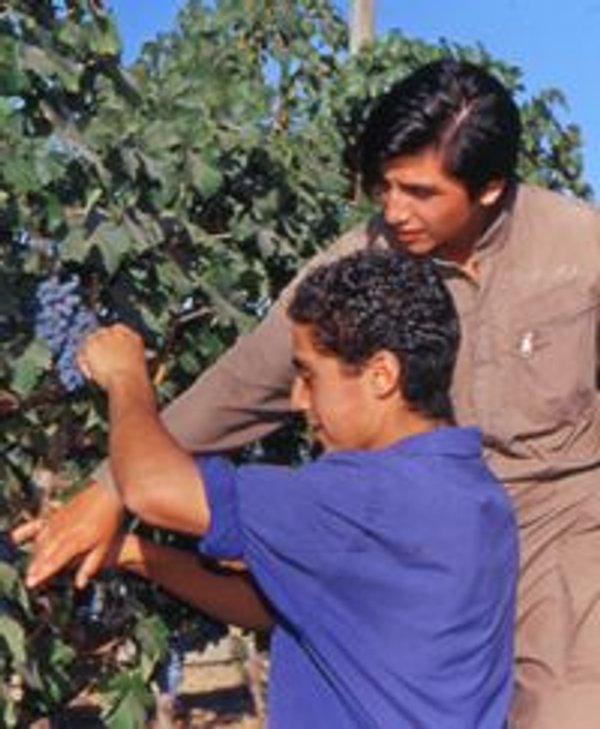The pace of life in Las Garzas is intense. The typical work day begins early: before going to class, the students make their beds, clean their dormitory and devote an hour to study in one of the classrooms or the library. After breakfast, they have classes until lunchtime. Students spend the afternoon making the rounds of the various sections of the farm compound.
The school has a chaplain and offers daily Mass and other spiritual formation for those who wish to participate. The spiritual formation of the school has been entrusted to Opus Dei from its beginning.
Blessed Josemaría Escrivá followed the creation and development of this agricultural school closely. The not-for-profit organization behind Las Garzas was formed with his encouragement and the financial help of various individuals, including members of Opus Dei.
In June 1974, during a visit to Chile, the founder of Opus Dei spent some time with the school’s instructors. “Your hopes,” he said, “your example, your patience, the affection that you show, your knowledge, and the norms of piety that they see you follow … all that has an influence, without your realizing it, on those you are training.”

A Bit of Everything
Las Garzas' education in farming and raising livestock is growing increasingly sophisticated and extensive. One can find a bit of everything on its one hundred hectares: a dairy, a place for raising heifers, a vineyard where grapes for wine are cultivated, traditional annual crops, a shop for manufacturing food concentrates, a workshop for manufacturing farming machinery, a laboratory offering agricultural services for local peasants, and a computer lab. Thirty teachers – many of whom are alumni of Las Garzas – are in charge of the theoretical and practical aspects of the curriculum. The first two years of studies provide a solid grounding in the humanities and sciences; the last two years focus more on practice and technique.
In addition to attending theoretical and practical classes in farming, students participate in a variety of extracurricular activities that are both formative and recreational. For example, in 2001 ten students guided by a professor did gardening and maintenance work at a neighbor school, St. Eugenia. They were very happy to be able to help St. Eugenia, from which a good number of Las Garzas’ own students have come over the years. They also teach catechism, visit poor families of the area and do other volunteer work. Among the recreational activities, sports tournaments are the most popular.
Over the years, Las Garzas has implemented many innovations in its curriculum and technology. Recently, a new academic unit has been added to its buildings. This new unit allows students to make use of modern technological advances and audiovisual aids. It offers two particular advantages: first, it provides students greater autonomy in learning so that they develop their full capacity to access information; and second, the new technology simplifies the work of teachers, helping them to improve their teaching methods.
Students of Las Garzas graduate with a degree in “Agricultural Techniques” that qualifies them to teach at the secondary school level. Upon graduating, they are usually hired by local farming companies, though some also find work in other parts of the country and even in other countries. Currently, there is an active group of around 600 alumni. Every year a number of courses are offered to keep their education up to date; likewise, they can take part in various formative and social activities.
